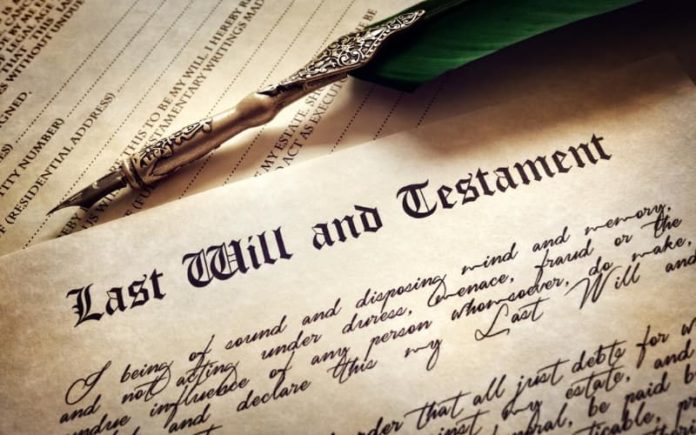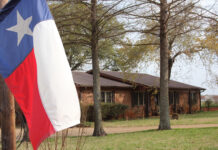
Let rich Aunt Meg die without a will and then just wait for the swarm of heirs to descend on her estate. You won’t be able to move through her mansion living room without stepping on one.
There is an orderly process of inheritance under the law. It is called the law of descent and sets out the order that Aunt Meg’s kindred will inherit. A kin who steps into line to inherit is an heir. An in-law or step-child is considered neither kindred nor descendant and will not inherit.
All heirs are not treated equal. The law of distribution spells out the share of the estate to which each class of heirs is entitled.
The laws of descent and distribution only come into play if Aunt Meg does not leave a will that distributes her entire estate. Interestingly, Aunt Meg can leave a will that distributes only part of her estate and then disinherits one of her heirs.
What are the Laws of Descent and Distribution?
So what is the law of descent? To explain it, let’s go back to Aunt Meg.
If Aunt Meg is married at the time she died, then her primary heir is her husband and any children she had from a prior marriage. If she is not married, then her primary heirs are her children. If a child has predeceased her, then that child’s share goes to the child’s descendants. So if Aunt Meg died leaving 3 living children and 1 deceased child, then the distribution would be as follows: the 3 living children each receive 25% of the estate, and the deceased child’s share will be distributed among his or her children.
If Aunt Meg did not leave a surviving spouse and did not have any children, then next up are Meg’s surviving parents. Here is where it gets interesting. If both her mother and father survived, then they share Meg’s estate equally. However, if Meg is survived by only one parent, then Meg’s estate is divided into two parts. One part goes to her surviving parent, and the other part goes to Meg’s siblings and their descendants. If Meg had no siblings, then her surviving parent gets all of the estate.
If poor Meg died without leaving a surviving spouse, child or parent, then her estate goes to her siblings and their descendants. If we strike out there, then we split Meg’s estate into two parts and go back up the family tree. One-half will go to her father’s kindred and the other half will go to her mother’s kindred.
It can get messy.
Sometimes people get a bit confused while writing a will or trust and leave a bequest to their “heirs.” Don’t do that – it just causes problems.
The world of heirship has led to some intriguing cases. Suits have been brought to determine the rights of adoptive children, adoptive parents, common law spouses and putative spouses. Family secrets, long thought safe, are dragged out into the open. Some cases last decades and number over 100 parties. Many cases involve ancestry charts pages long.
We will end with a plea to Aunt Meg: for everyone’s sake, make a will.
Virginia Hammerle is a Texas attorney whose practice includes estate planning, guardianship and probate. Sign up for her newsletter at legaltalk@hammerle.com. Contact Hammerle Finley Law Firm to schedule a consultation at hammerle.com.
This column does not constitute legal advice.







